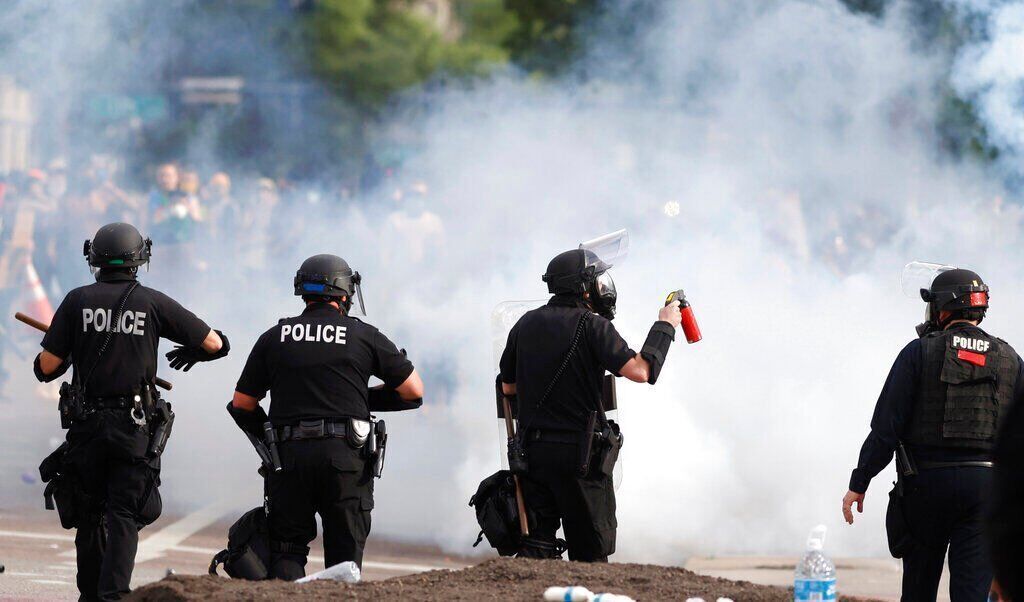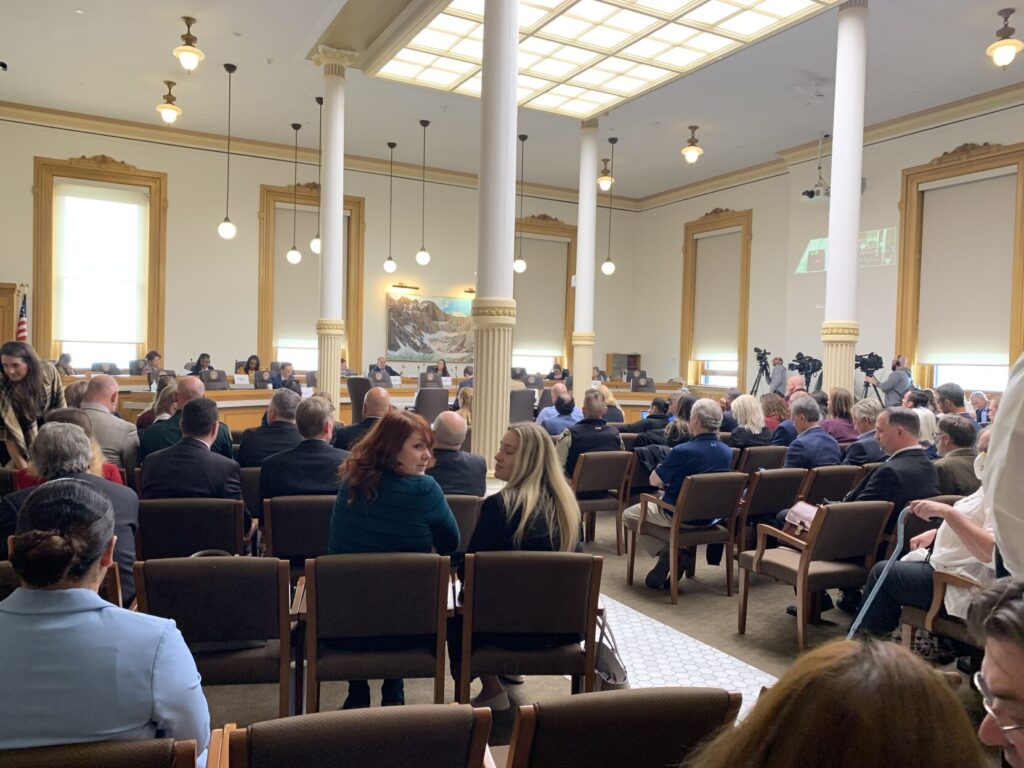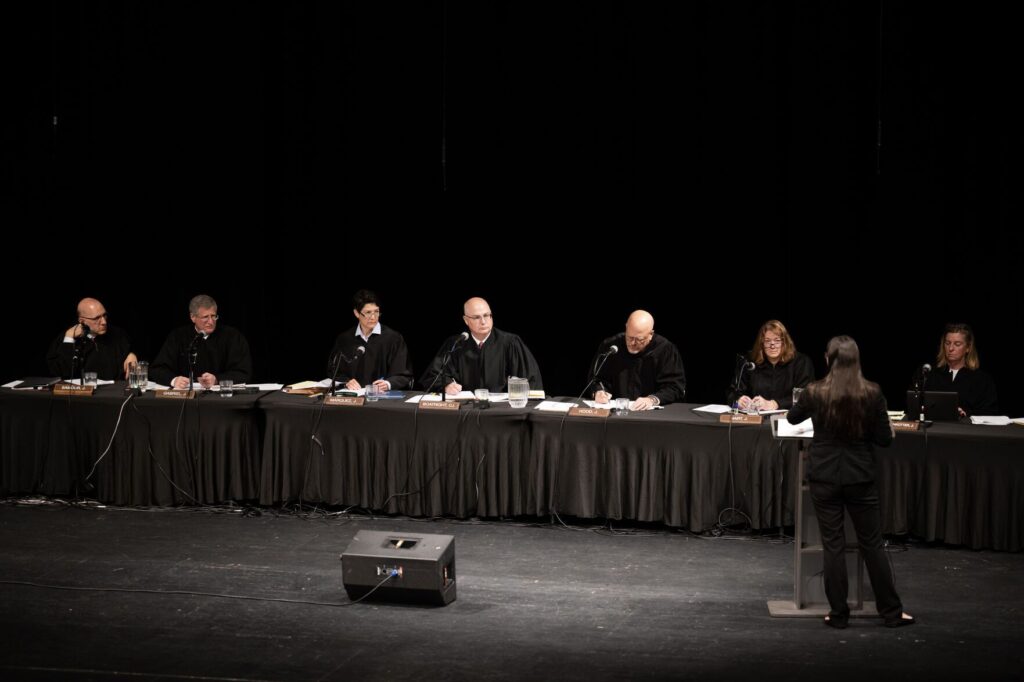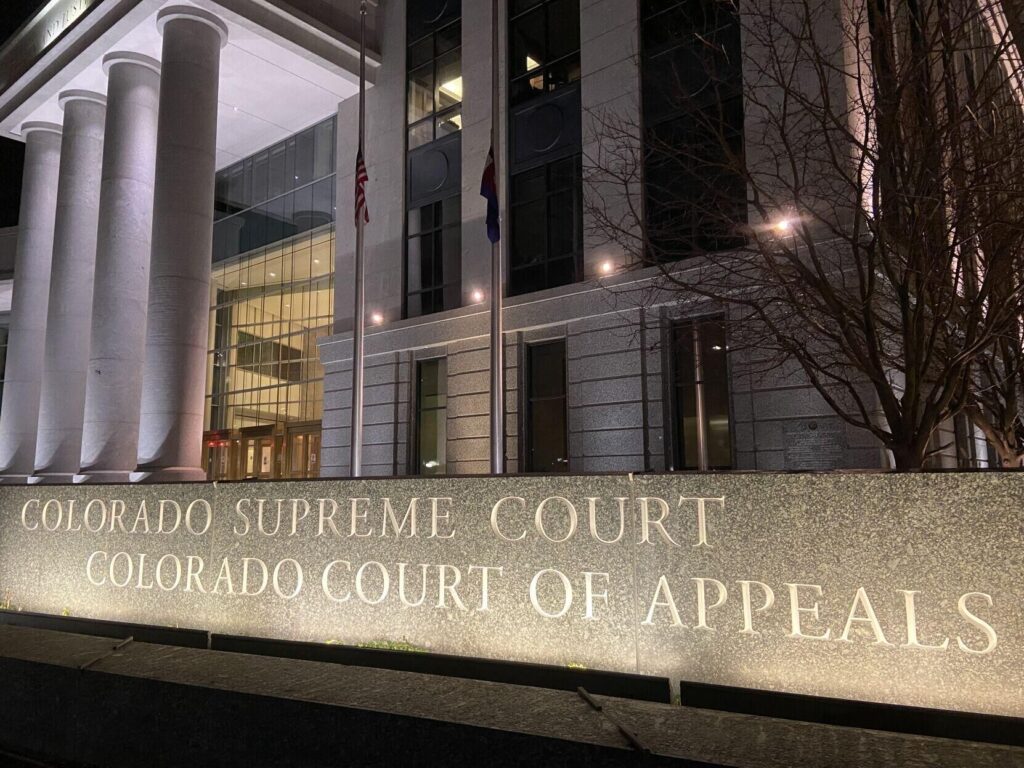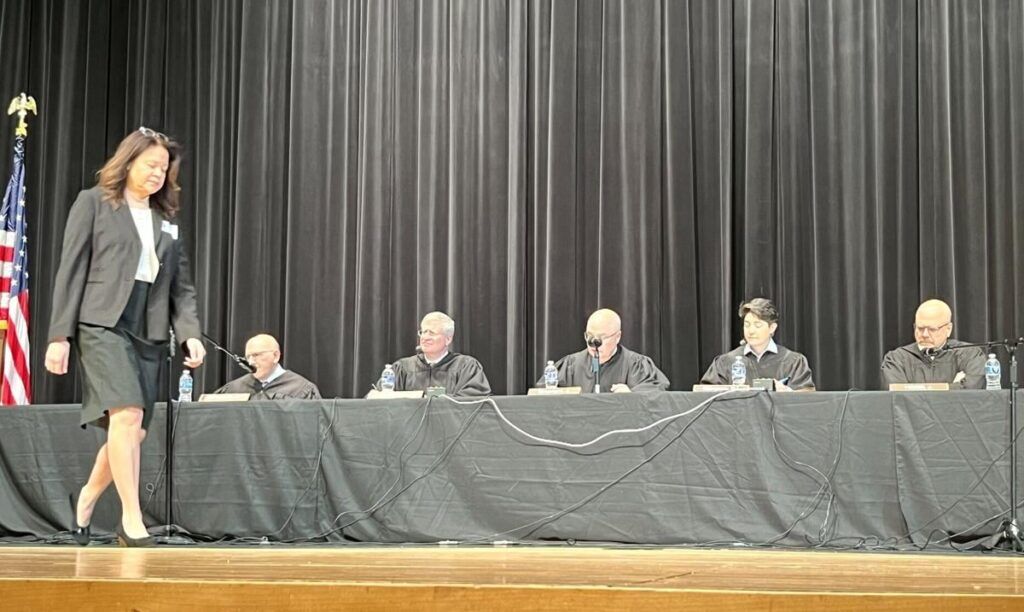10th Circuit agrees Aurora officer unconstitutionally detained man
The federal appeals court based in Denver agreed last week that an Aurora officer unreasonably detained a Black man who looked nothing like what a 911 caller reported, resulting in a constitutional violation that required evidence of a firearm offense to be thrown out.
Officer William Idler approached Lyndell Daniels in the parking lot of an apartment complex just before midnight in February 2021. Minutes before, someone had reported three Black men in dark clothing handling guns. By the time Idler arrived, however, he only saw Daniels, clad in a bright orange jumpsuit and with no firearm.
Nonetheless, Idler pulled out his gun, detained Daniels and obtained his identity. Police then used the information to link Daniels to a stolen firearm, resulting in Daniels’ indictment on a federal offense.
A trial judge previously found Idler lacked reasonable suspicion to detain Daniels and barred prosecutors from using the key evidence against him. The government appealed to the U.S. Court of Appeals for the 10th Circuit, but a three-judge panel also concluded Idler, at the time he approached Daniels, had no “hint of any kind of illegality whatsoever.”
“There are precious few facts to suggest that criminal activity was ‘afoot’ — and fewer still that Daniels had any role in it, if it was. Whatever is needed to establish reasonable suspicion, this case falls short of that,” wrote Senior Judge Stephanie K. Seymour in the May 8 opinion.
The Fourth Amendment prohibits unreasonable searches and seizures. Although officers may detain someone as part of an investigation, they must have reasonable suspicion that a person has committed — or is committing — a crime.
At the time Idler approached Daniels in the parking lot, he was aware that:
• Someone called 911 to report three Black men wearing black or gray hoodies were standing by a dark SUV, taking out guns, appearing like they were “getting ready to do something”
• The caller admitted it was not an emergency
• The only Black person standing near a dark-colored SUV at the time Idler showed up was Daniels, who was wearing bright orange
• Idler believed Daniels said something to the SUV occupants, who then drove off at a normal speed
• Although it was near midnight in a “high-crime area,” it was Super Bowl Sunday and the parking lot was busy
• Daniels complied with Idler’s commands
Police obtained Daniels’ name and released him. Separately, other officers followed the SUV and pulled it over for a traffic violation. They discovered a stolen gun inside. They obtained a warrant for Daniels’ DNA and matched him to the firearm. He was then indicted for being a felon in possession of a firearm.

FILE PHOTO
The defense moved to suppress the DNA evidence, arguing Idler lacked reasonable suspicion to detain him. After holding a hearing, listening to Idler’s testimony and watching the body-worn camera footage, U.S. District Court Judge Regina M. Rodriguez agreed with Daniels.
“Other than the fact that he was black, there was nothing about the Defendant to suggest that he was one of the individuals described by the 911 caller. Indeed, given his bright orange jumpsuit, it would be objectively unreasonable to believe that he was one of the individuals identified by the caller,” she wrote in a September 2022 order.
On appeal to the 10th Circuit, the government maintained Idler was justified in detaining Daniels given the 911 call, the setting and Daniels’ interaction with the dark SUV. Prosecutors dismissed the clothing discrepancy as a “red herring.”
“The officer gets there and the person being investigated has clothing just at the opposite end of the spectrum of color, right?” asked Judge Allison H. Eid during oral arguments. “Why not conclude, ‘Oh, this isn’t the person because the clothes don’t match the 911 call?'”

Colorado Supreme Court Justices hear arguments on the question of whether Colorado ski resorts can be liable for avalanches that happen within their boundaries in a lawsuit prompted by a skier’s death, during a court session held at East High School, Tuesday, Sept. 29, 2015, in Denver, Left to right, are Justices Monica M. Márquez, Nathan B. Coats, Chief Justice Nancy E. Rice, Justices Allison H. Eid, Brian D. Boatright, and Richard L. Gabriel. Attorneys presented oral arguments in a case with potentially far-reaching implications for the state’s $3 billion-a-year ski industry. (AP Photo/Brennan Linsley)
The appellate panel agreed with Rodriguez that the total circumstances could not support Daniels’ detention.
“The super generic and vague 911 tip did not allege illegal, or even particularly unusual, activity by the men the caller identified, and nowhere at all did it describe anyone akin to Daniels,” Seymour wrote.
She cited the U.S. Supreme Court’s landmark 2022 decision in New York State Rifle & Pistol Association, Inc. v. Bruen. There, the court’s conservative majority made it easier to strike down gun regulations, and also observed the ability to bear arms in public for self-defense is not a “second-class right.”
As it related to the caller’s report of three men with guns, “if we are to take seriously the normative thrust of the Supreme Court’s recent decision,” Seymour elaborated, “then we cannot look with suspicion on citizens presumably exercising their Second Amendment rights in a lawful way.”
Eid wrote separately to say that while she agreed Idler had no reason to detain Daniels given what he knew, she disagreed that the 911 call described innocuous activity shielded by the Supreme Court’s decision.
“The problem with the majority’s reasoning is that we do not know for certain, under the relevant law or the record, whether the open carry of firearms here was ‘lawful’ or not,” wrote Eid. “I would not presume so.”
The case is United States v. Daniels.


